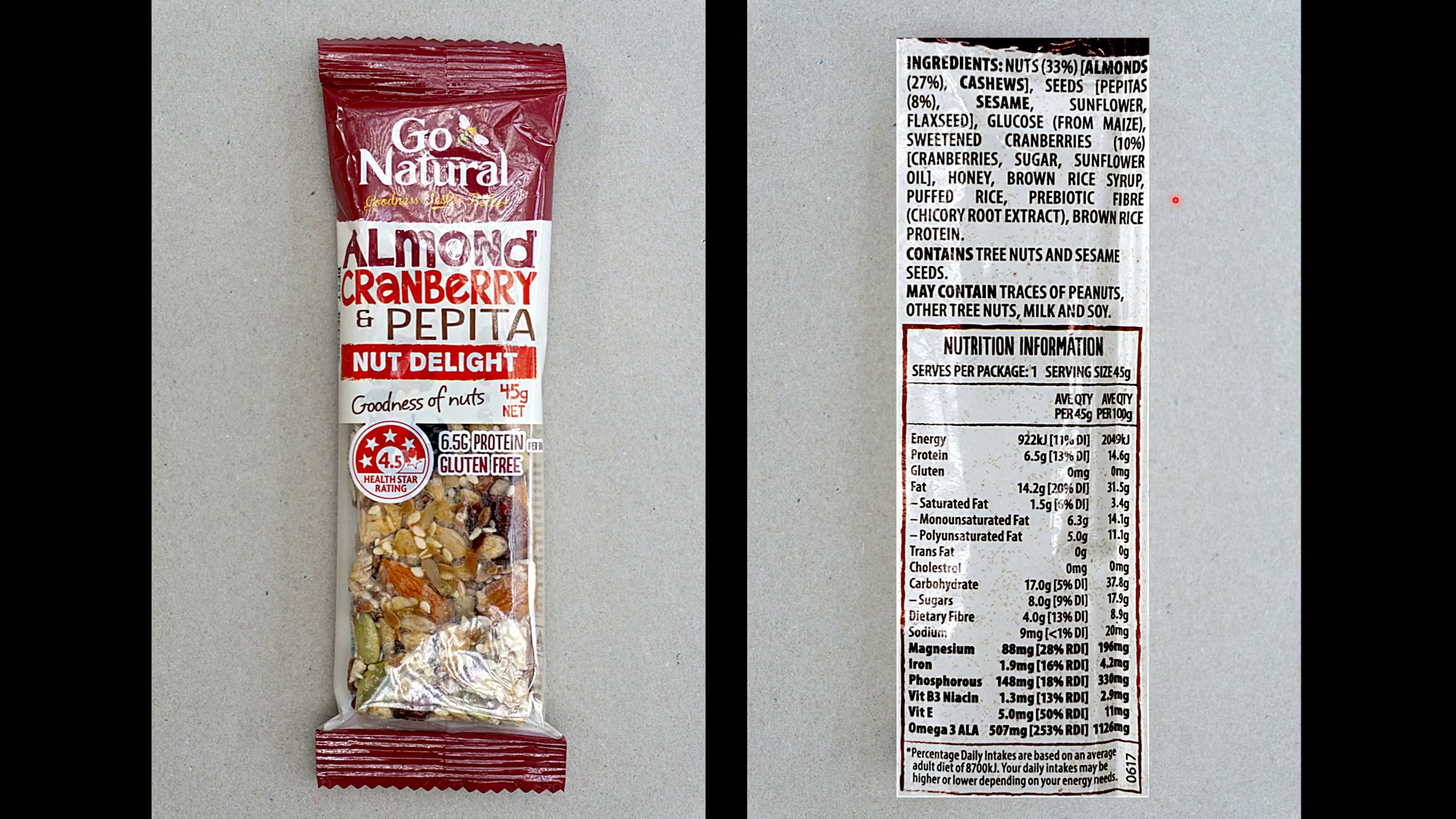01. Creating Primitive Geometry - Create at object level vs create in context
02. Creating Primitive Geometry Objects - Viewport Handles
03. Geometry Components Part 01 - Points, Edges, and Primitives
04. Geometry Components Part 02 - Vertices
05. Component Numbers
06. Connecting Points - Curves
07. Disconnecting and Reconnecting Points
08. Vertices Control Connectivity
09. Connecting Points - Particles to Surfaces
10. Closed Curves are also Polygon Surfaces
11. Every Polygon Face is also a Closed Curve
12. Drawing and Editing Polygons Using the Curve SOP - Part 1
13. Drawing and Editing Polygons Using the Curve SOP - Part 2
14. Drawing and Editing Polygons Using the Curve SOP - Part 3
15. Open and Closed Polygons - Part 1 - The Ends SOP
16. Open and Closed Polygons - Part 2 - The Crucial Role of Vertices
17. Open and Closed Polygons - Part 3 - Rendering Curves
18. Open and Closed Polygons - Part 4 - Rendering Wireframe Geometry
19. Polymodelling Tools on Polygon Curves
20. Polygon options on Primitive Object Nodes
21. Drawing Bezier Curves
22. Editing Bezier Curves - Points and Tangency
23. Editing Bezier Curves - Segments
24. Editing Bezier Curves - Rounded Corners
25. Working with Bezier Curves - Reference Images
26. Working with Bezier Curves - Tracing a Profile
27. Working with Bezier Curves - Modelling
28. Working with Bezier Curves - Resampling Bezier Curves to Polygons
29. Optimising Curves with the Refine SOP
30. How Bezier Curves work - Order and Degree
31. How Bezier Curves work - Components
32. Editing Bezier Curves - Curve SOP vs Edit SOP
33. Editing Bezier Curves - Procedural Nodes vs Non-Procedural Nodes
34. Editing Curves Procedurally
35. Animating Curves
36. Comparing Nurbs Curves to Bezier Curves
37. Nurbs Curves - Order - Part 1
38. Nurbs Curves - Order - Part 2
39. Drawing and Editing Nurbs Curves Using the Curve Node
40. Nurbs Curves - Point Weight
41. Auto Bezier Draw Mode
42. Generating Nurbs and Bezier Curves Procedurally - The Fit Node
43. Parametric Space
44. Parameterisation - Part 1 - Uniform vs Chord Length
45. Parameterisation - Part 2 - Chord Length and Centripetal
46. Nurbs and Bezier Surfaces - Part 1 - Cross Section Curves
47. Nurbs and Bezier Surfaces - Part 2 - Parametric Space
48. Comparing Nurbs and Bezier Curves to Polygon Curves
49. Using Polygon Curves Like Nurbs Curves - Subdivision Curves
50. Interpolating Curves - Nurbs and Beziers vs Polygons
51. Converting Polygon Faces to Nurbs Surfaces
52. Bilinear Mesh
53. Polygon Soups Part 01 - Memory and Disk Space
54. Polygon Soups Part 02 - Benefits and Limitations
55. Quadratic Primitives
